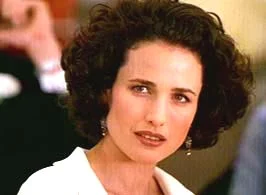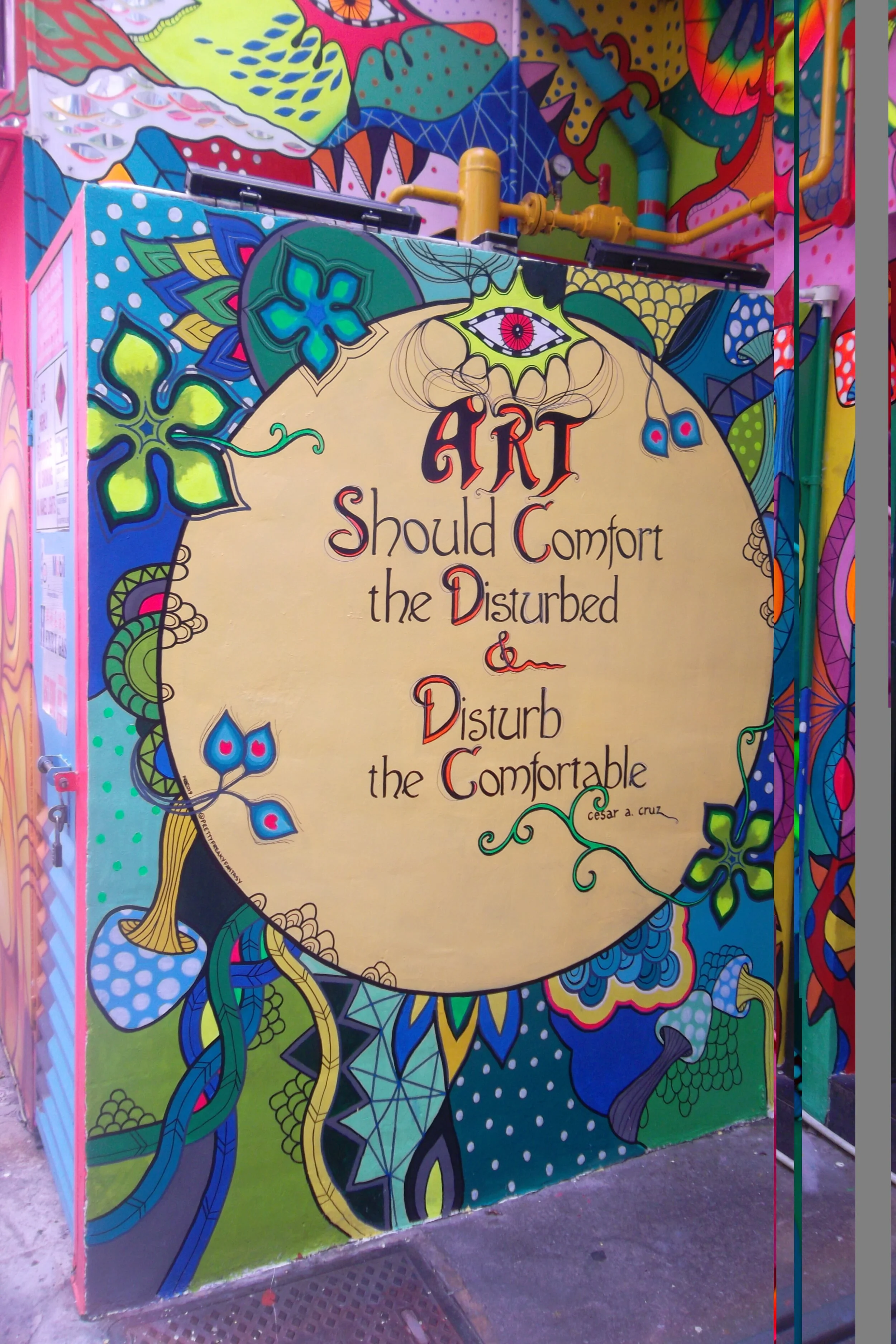Who leads culture and branding in the digital era?
Image sourced from Shutterstock on 16 September 2018. Created by ESB Professional.
How many people feel that they can create culture? In fact, how many of us even think about it? I think many of us simply accept things the way they are, as it is what most educational systems teach us to do.
From hipster secret to household name
I’ve recently listened to this episode from the Household Name podcast (https://apple.co/2wNd2YM) about Starbucks. It takes a while, but something really struck me about the discussion. Starbucks started off in Seattle as what we’d call a “hipster”-type place as of 2018. The podcasts outlines how as the firm grew to a corporate monolith, people’s perceptions of it changed markedly. It lost the early adopter crowd, and became part of the mainstream. Bryant Simon was part of the podcast because he wrote a book about Starbucks called “Everything But The Coffee” back in 2004.
At around the 9:20 mark of the podcast, Simon mentioned that knowing something about coffee helped to make people feel like special “insiders”, and that the customers who had the strongest need to belong the would order the most complicated drinks. At this stage in the mid-to-late 1990’s, Starbucks had some level of prestige (and 3500 stores).
So, how did it go from being cool…to being part of the mainstream? Well, the owner of Starbucks aimed (and achieved) growth to 20,000 stores. As such, by definition, it couldn’t be edgy and new by around 2006. Now, on the face of it, turning something corporate will (of course) mean it becomes standardized. But did the brand aim for this outcome, knowing that it would lose some of its image in the process? And how many firms have actually successfully managed this transition?
The next podcast guest, Noreen Malone, then describes a connection between the Starbucks Pumpkin Spice Latte (#PSL) and a “basic bitch” meme/concept that was going around online in roughly 2009.
This meme shows up again around 2013, this time in two ways. First of all, the use of Snap Chat and Instagram allows people to share pictures of #PSL to express their excitement. Secondly, this digital activity spawns a lot of satire. At 22.20, the basic premise here is outlined (not that it is anything new)…some people are looking down upon others for their suggested lack of taste.
One of the last things the podcast mentions is that the PSL is “not really that creative”. I think that this might be a major, somewhat hidden, aspect to this discussion. I wonder if, in the digital era, creativity has really gained in terms of cultural importance. And as such, in a world continually thirsty for novelty, the social leaders are now those people who create on various levels? The flip side to this perspective could be that those people who don’t create are, quite literally, followers – not just in the social media sense, but also the broader social sense.
What’s interesting about all this is that we have a pre-Internet brand (Starbucks) suddenly showing up in Internet culture – without the brand trying to do so itself. This is the biggest shift between the analogue and digital eras. Despite Starbuck’s size, and their branding messages, no amount of money is going to keep people’s perceptions under the corporation’s control.
As the podcast mentions, if the “Basics” move away from Starbucks (in part because they are aware of the meme, and don’t wish to see themselves as associated with it) what happens to the firm – and how quickly?
Questions to ponder
But I think that there are bigger questions for business here, especially luxury brands:
Who decides what is “cool” in the Digital Era? I ask this because it appears to me that cool appears to vary depending upon one’s social status, and who one considers to be one’s peers. Is something cool because it is unique, and hard-to-find, or is it cool because everyone is talking about it?
How do you stay “cool” if your goods are available everywhere? Does opening stores around the world actually reduce the prestige of some goods, because getting them no longer requires a trip to London, New York, or Tokyo? Likewise, what happens to the prestige of these cities themselves as destinations if people perceive them as one of many cities, rather than head and shoulders above the rest?
How do you appeal to luxury consumers if they are so wealthy they can buy virtually anything? What if coolness, in the digital era, lies in being virtually (and digitally) invisible?
Maybe part of what is driving this is that those who are better off and more educated have more control over their decisions; or at least, they want to feel that they do? What if some of this is about ownership of stories? That we own the stories we write about our own lives, and that of our businesses, brands, and even our towns and cities?
What if it’s all about attitude? What if the definition of coolness now occurs in opposition to whatever brands try to say about themselves? Maybe, for cultural leaders, the very idea of branding is dead. That what they think, to paraphrase an Australian politician, is that “we will decide what is cool and the circumstances in which it occurs”? Perhaps this attitude is stemming from the idea that we are not merely consumers. That we don’t need to follow the crowd - and that it’s OK for us to be who we wish to be at any given time?
This is a big topic, with a lot to digest. Tell us what you think in the comments field below.







